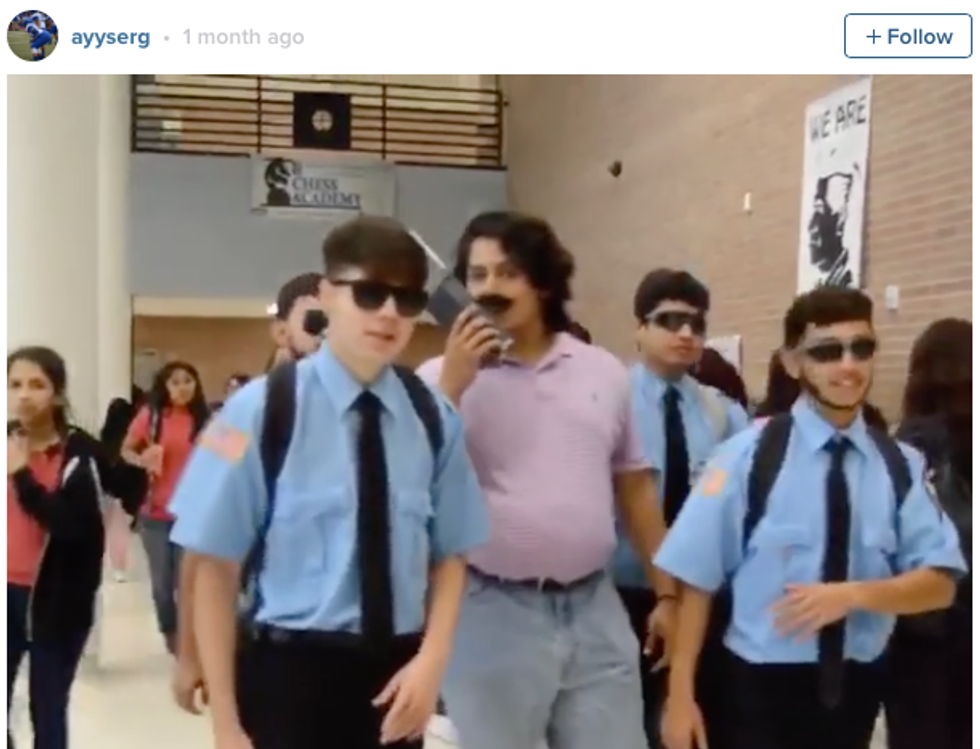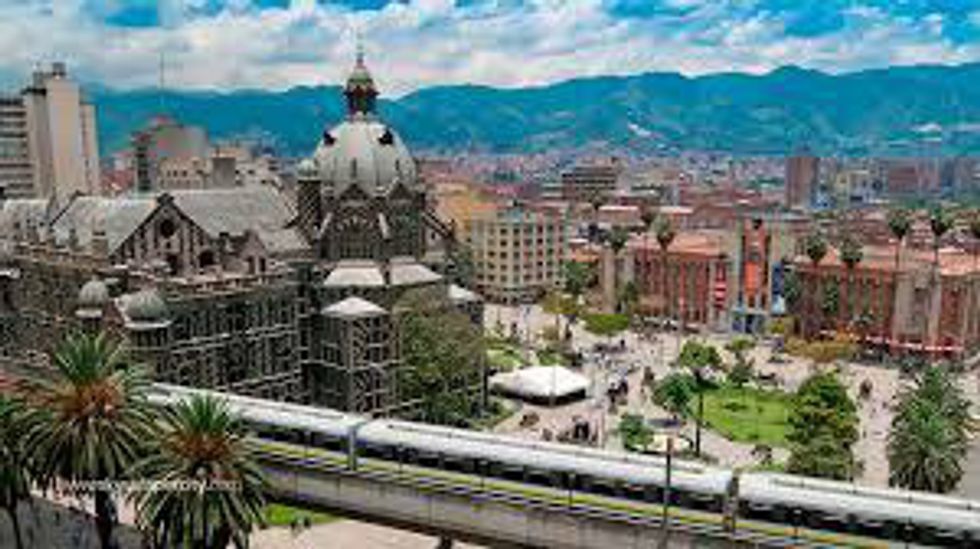I remember first hearing about Netflix’s new project Narcos, that would tell the story of the head of the Medellin Cartel, Pablo Escobar, and being excited that my American friends and other gringos would finally be able to truly see on (streaming) T.V. the city that I spent dozens of summers and Christmas’ in. However, like many Hollywood productions, two season of a show or an hour and a half of a film won’t tell you the full story. Spanish television networks like Univision and Telemundo, had already aired other telenovelas similar to the story of Escobar (the closest being El Patron del Mal) but this was the first time a non-Spanish speaking audience would have the opportunity to learn the story of what occurred in Colombia in the mid-eighties to early-nineties that labelled Medellin, the murder capital of the world.
Narcos wouldn’t tell you of the hundreds of thousands of Colombians that had to flee Medellin in fear that they would be killed or their husbands or children would be sucked into the lucrative lifestyle of the cartel. Narcos wouldn’t tell you that after season two was over, the terror of violence, bombs, and militia groups would continue into the 21st century in Antioquia (the department where Medellin is located) and other cities throughout the country. Narcos also wouldn’t tell you how cringe-worthy the forced accents of characters would play through a native Paisas ear anytime a phrase was utter incorrectly. Narcos wouldn’t tell you that it is not okay to mirror a drug lord for likes and shares of social media because you think it’s cool.
This past Halloween, Pablo was a popular costume, along with his army of armed sicarios (drug cartel assassins). In 2016, in high school cafeterias and costume parties throughout the country last week, those dressed in Narcos-themed costumes were probably the shit. Dressed up as the main character from a hot show. But it’s not that vanilla.
Escobar would recruit teenagers and school-aged kids and instilled in them the idea that 6.000 CPD is worth more than an education, family, or morals. When the head of the Medellin Cartel died, no one had corrected the behavior of the youth leaving them with a bad habit to fall back on: drugs, money, and murder. Why not, right? It’s fast and easy, and beats going to school for 12+ years. And it is this mentality that viewers of the show have glamourized. Just like many biographical films or series, fans fail to realize that this was once all a reality. A reality for my family. For my friends’ families.
My family began immigrating to the United States in the late 1980s and made it a priority to send the youngest of my aunts, uncles, and cousins first because they would become the easiest targets for cartel recruiters. Born in the States’ one month after Escobar’s death, my mother moved us back to Medellin in hopes to start a life normal life with my father, free of the terrorism that Escobar once spread in the city. Things would not change that quickly, instead, his death would plummet the city in a decade of terror. The narcotic ruins that Escobar left allowed for other drug cartels and paramilitary groups like the FARC, Armed Revolutionary Forces of Colombia, to pick up where he left off. Twenty years later, the city has not been able to fully wipe away the drug-filled image Escobar’s Medellin Cartel left on the city.
Violence statistics from Colombia Reports on the city of Medellin report that in June of 2013, 84 citizens were murdered with abductions being the highest form of terror for gangs and militia groups in the area. In 2013 alone, 352 abductees were found alive, 270 are still missing and 32 were found dead. A fear buried deep in each Paisas soul whenever he or she leaves their home that they may not may make it home safely, a fear familiar to the Americans who live in Chicago’s south side or Los Angeles’ south central. Today, Medellin is even considered far safer than cities like New Orleans or Detroit.
Though located in different spheres of the world, the environment of crime is the same.
Those that didn’t flee to Europe or Australia or U.S.A. during the height of the Medellin Cartel’s heydays, still believe in the good that Medellin has to offer the world. In 2013, it was named the most innovative city in the world beating out contenders like Tel Aviv and New York City. This heavy, drug-filled violent image of Medellin fueled by the media and the hundreds of Hollywood reference or inspirations did not destroy what true citizens of this city know, Medellin is unlike any other.
If you mention the series to a Colombian who lived through this period of violence and narcotics, they are shameful, horrified, and even angry that American television cannot see past a period that they care so much to forget. They reiterate to you that there is more to Medellin than just murder, cocaine, and cartels. Instead, they brag about how three years ago it was named the most innovative city in the world, they tell you to visit Parque Lleras or Plaza Botero and get a feel for the real city, they’ll show you pictures of El Pueblito Paisa or El Peñol. The bottom line is that there is more to Colombia than just Pablo.




















